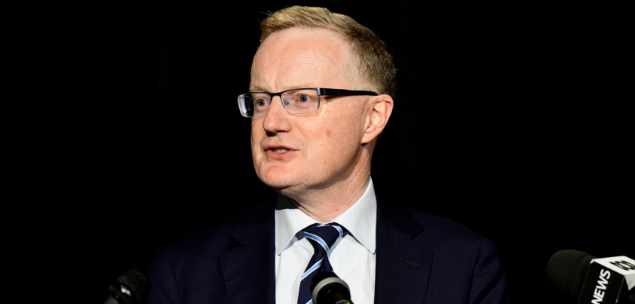The economy may be in need of festive cheer but the Reserve Bank board is not expected to lower the cash rate from its current record low 0.75 per cent until after the holiday season.
The Reserve Bank board is expected to hold the cash rate at a record low 0.75 per cent this week when it meets for the final time until February.
The central bank’s board will on Tuesday make its final interest rate decision for 2019 – and the last until it meets in early February – with members widely tipped to allow Christmas and New Year spending activity to filter through before it considers cutting again.
That’s despite many economists identifying a strong case for a fourth cut in seven meetings, as weak consumer spending and stagnant wages growth continues to keep a lid on business investment, jobs numbers, and inflation.
Tuesday’s rate decision also comes on the eve of what is likely to be a lacklustre set of quarterly GDP figures, where annual growth expected to rise to 1.7 per cent from a decade-low 1.4 per cent.
The latest retail data will follow later in the week and is similarly tipped to improve but remain underwhelming.
Markets were last showing an 11 per cent chance of a December rate cut even after the RBA moderated its own growth outlook and signalled room for further reductions in its statement on monetary policy last month.
However, it also flagged more rate cuts may have a negative impact consumer sentiment, while deputy governor Guy Debelle also urged patience to let recent stimulus measures take effect.
Reserve Bank governor Philip Lowe last week reiterated that negative interest rates are “extraordinarily unlikely”.
Nor is the central bank expected to go down the path of unconventional monetary policy to give the economy a boost.
“(Given) the RBA’s own forecasts for barely any progress towards reaching its goals over the next two year, and that the RBA sees rate cuts as still working … it should be cutting rates again on Tuesday,” AMP senior economist Shane Oliver said in a note.
“However, the governor’s comments suggest little urgency and a preference to “wait and assess” given the “long and variable lags” of monetary policy.”
In June, the RBA cut the rate for the first time in three years and followed up with 0.25 per cent reductions in July and October as the economy sagged under the weight of months of downbeat economic data and downgraded growth prospects.
House prices appear to be the only beneficiary of recent stimulus measures and according to CoreLogic data are now on track to reverse an 18-month downturn and hit new peaks by March.
Expectations the interest rate would be lowered to 0.50 per cent by December were nearly fully priced in back in October and have since eased.

